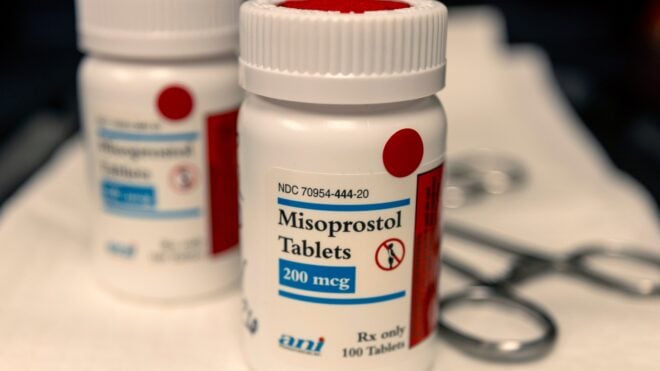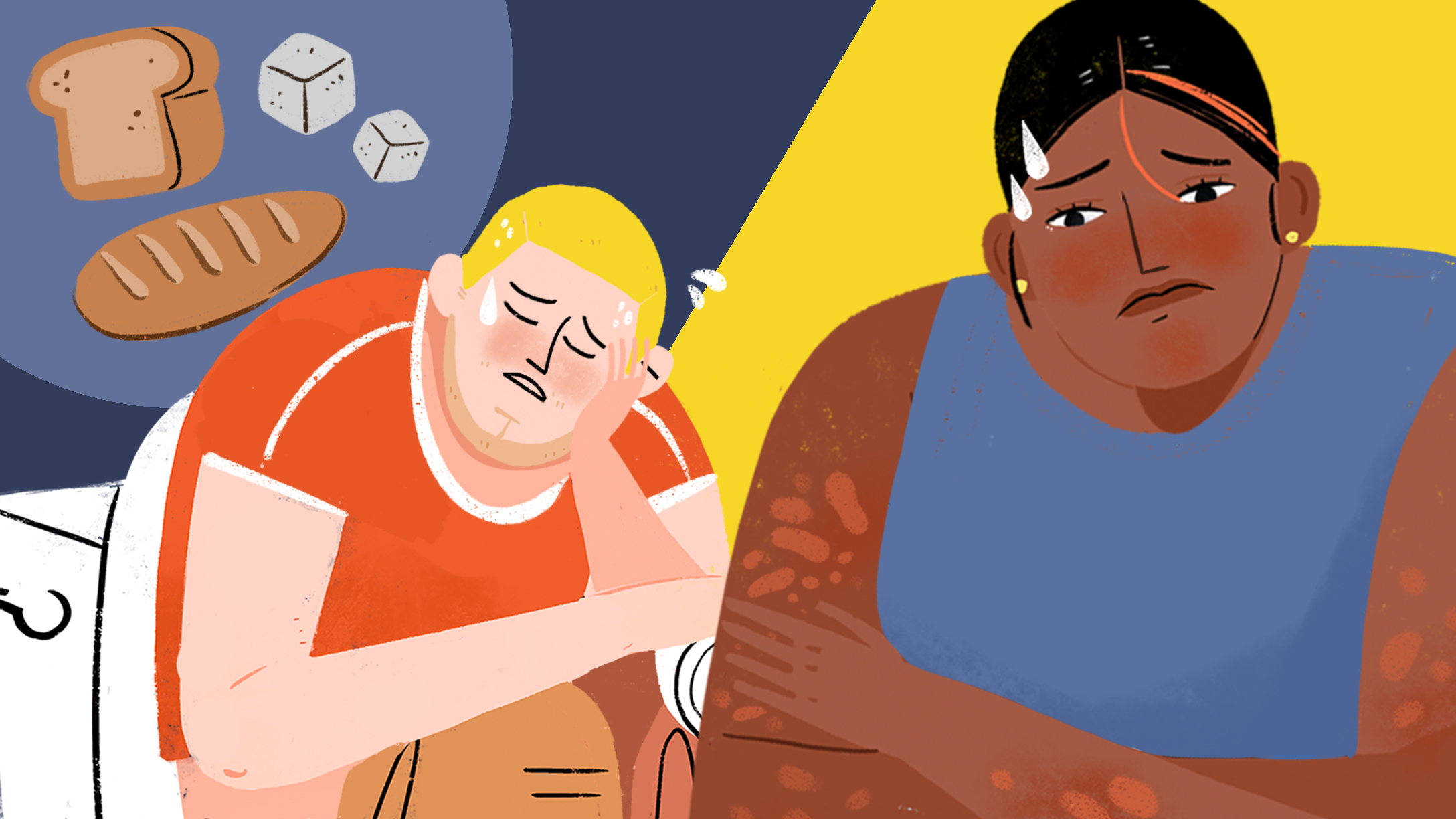
One of the amazing things about your body is that a good amount of it is not actually your body.
Your body is a magnificent, incredible ecosystem of bacteria and fungus that help your body hum along smoothly and keep you healthy. You're like you're own little planet!
But, like any planet, the balance of organisms is key for overall health. Too much or too little of something and your balance is thrown off, and then you get sick, or at least you just don't function as well as you could be.
One of the most common imbalances is an overgrowth of the fungus candida.
Candida is a form of yeast, and is found in the mouth and intestines and aids with digestion and the absorption of nutrients.
More from LittleThings: Scientific Study Shows That Anxiety May Be An Early Indicator Of Alzheimer's Disease
But when overgrown, candida can cause all kinds of problems, from digestive issues to depression. In extreme cases, it can wear through the intestinal walls and cause dangerous substances to enter the bloodstream in a condition called "leaky gut." And yes, it's as unpleasant as it sounds.
Keeping your gut bacteria — the many species of critters living in your digestive tract — is important, and most people can manage theirs by regularly taking a probiotic and by maintaining a healthy diet.
Below, you'll learn about the symptoms of candida overgrowth, as well as what you can do to manage it and get your little ecosystem back in balance.
What Is Candida, And What Causes Its Overgrowth?

Candida is a fungus, specifically a type of yeast.
Normally, it lives in your mouth and intestines, and aids with breaking down food and absorbing nutrients.
But, like anything, there can be too much of it. Candida overgrowth can be caused by a number of things, including a diet high in refined sugars and carbohydrates, high alcohol consumption, and stress.
It can also happen after taking a round of antibiotics that wipe out the other bacteria inside your body.
So what are some signs that your body might have too much candida?
Symptoms Of Candida Overgrowth Symptom #1: Fungal Infections
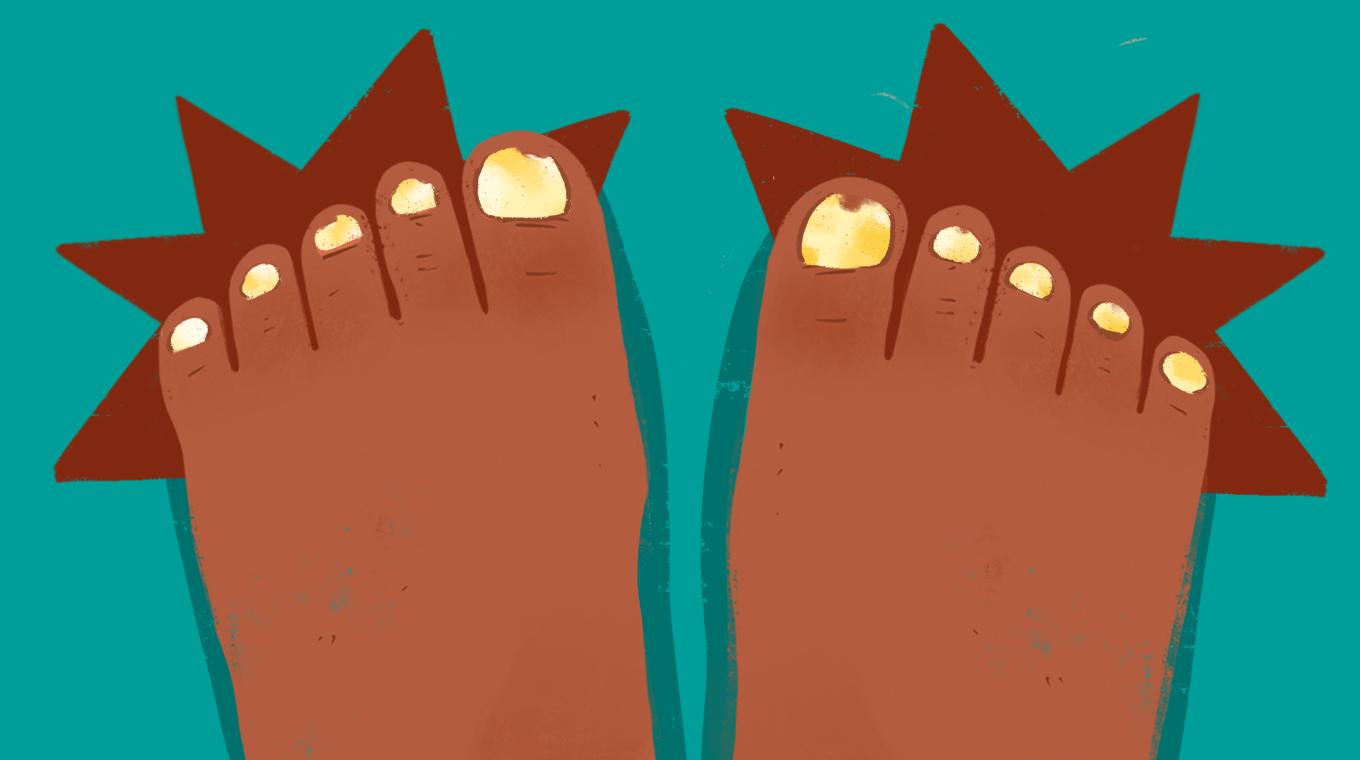
Skin and nail fungal infections are one of the most common signs of candida overgrowth.
If your nails, especially your toenails, appear thickened, cloudy, or yellowed, or if you develop athlete's foot all of a sudden, it may be an internal problem rather than an external one.
Symptom #2: Digestive Issues

Because candida involves your digestive system, digestive issues are going to happen if your candida levels are too high.
The most common are bloating, diarrhea, and constipation are most common.
Symptom #3: Skin Problems
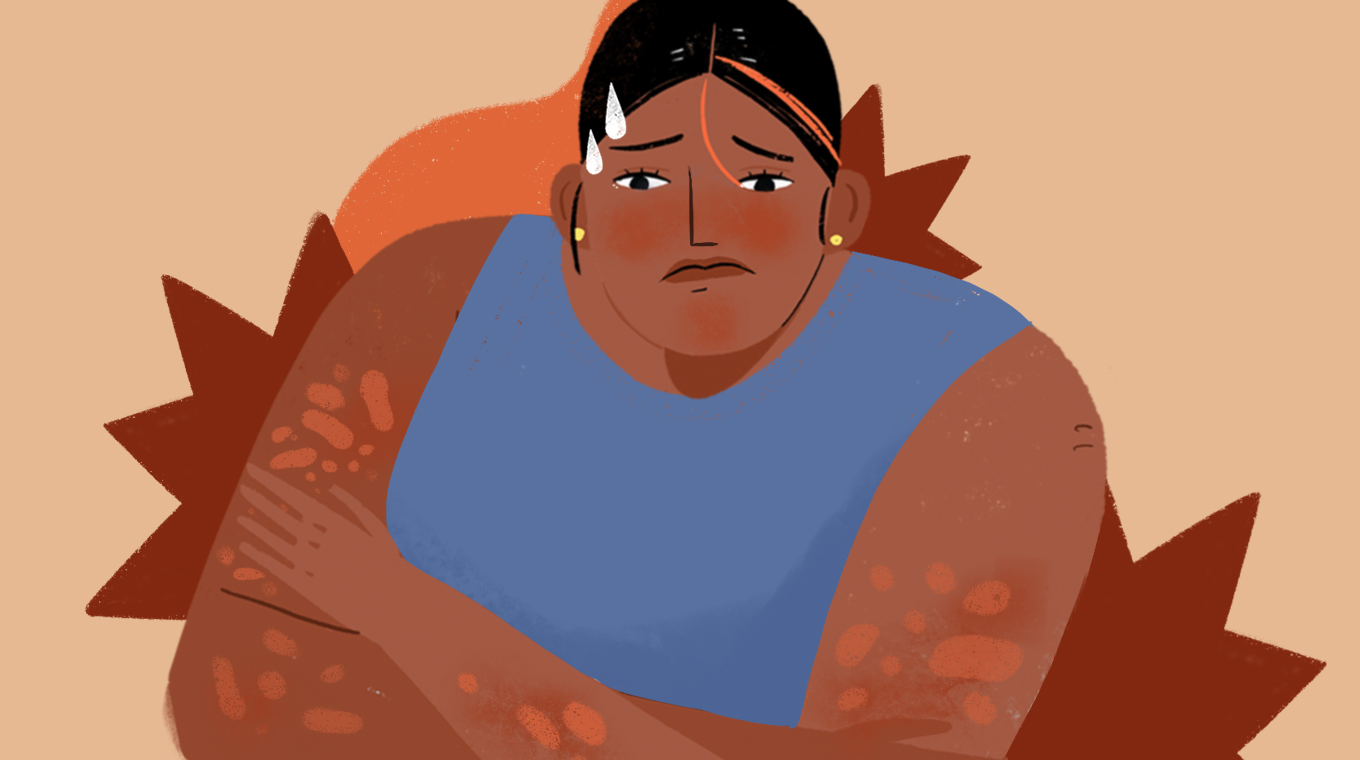
Any imbalance in your body is often reflected in your skin, and candida is no exception.
While rich and oily foods can cause the skin to break out, candida will typically cause rash issues.
Candida overgrowth can lead to eczema and psoriasis, as well as other rashes and hives.
Symptom #4: Urinary Tract Infections

When you think of yeast and your body, you're probably thinking of a particularly icky infection. In fact, too much candida can lead to frequent yeast infections in women.
But it can also cause urinary tract and bladder infections, which can lead to kidney infections, if untreated. Other embarrassing itches can also crop up.
Symptom #5: Allergies And Itchy Ears

A candida imbalance can lead to sudden allergies, and often with very severe symptoms.
Itching in the eyes and ears is also common and lead to irritation and discomfort.
Symptom #6: Irritability, Mood Swings, Anxiety, And Depression

Your body and your mind are linked, and so an imbalance in your body will often to lead to one in your mood, too.
If you're feeling suddenly anxious and antsy, or sluggish and down, it might be because of an overgrowth of candida.
You may also experience cravings for sugars and carbs, which candida thrives on.
If this sounds familiar, you'll want to do something about it. But what can you do?
Ways To Treat A Candida Overgrowth Treatment #1: Cut Down On Carbs
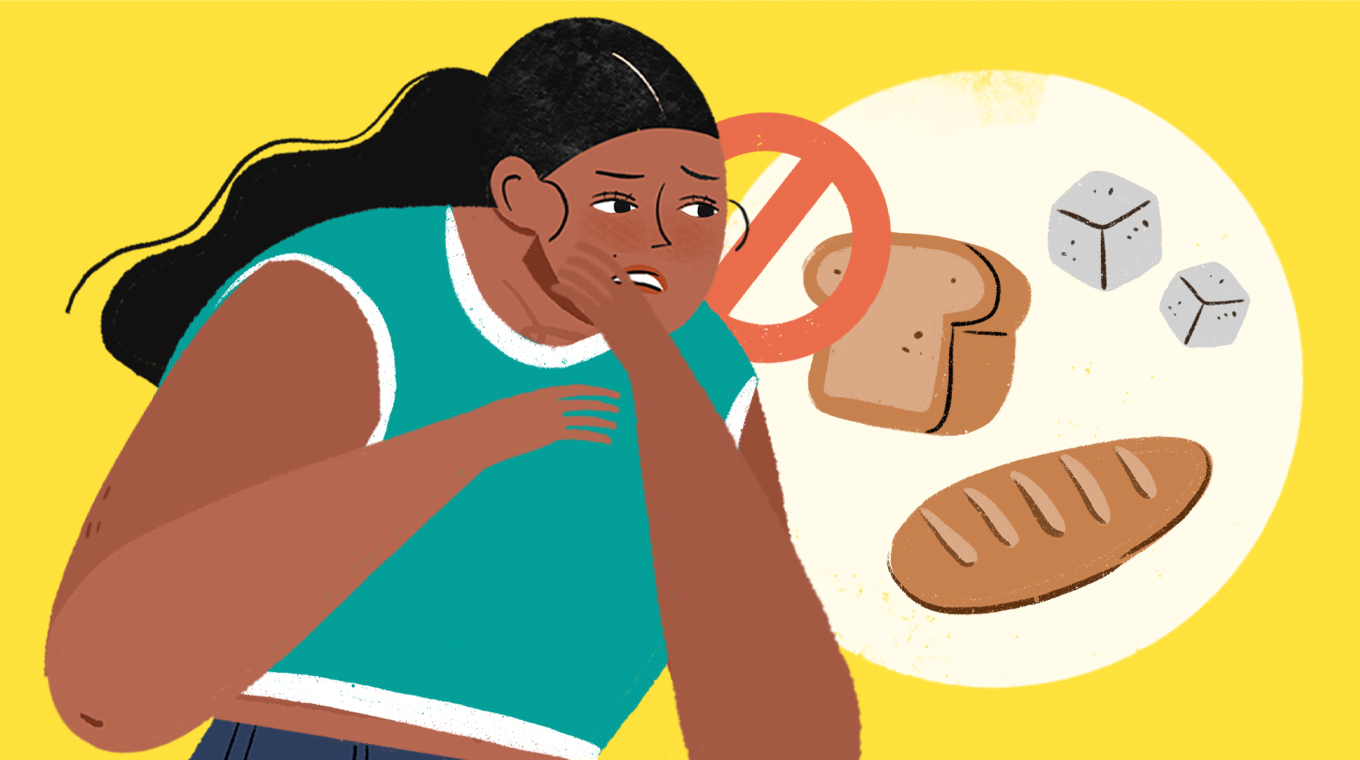
Carbs like bread are full of yeast, which is exactly what your body doesn't need more of!
Additionally, carbs break down into sugars, which feed the yeasts in your body.
Cutting down on carbs is a great first step to reducing your body's candida levels.
Treatment #2: Cut Out Sugar Entirely
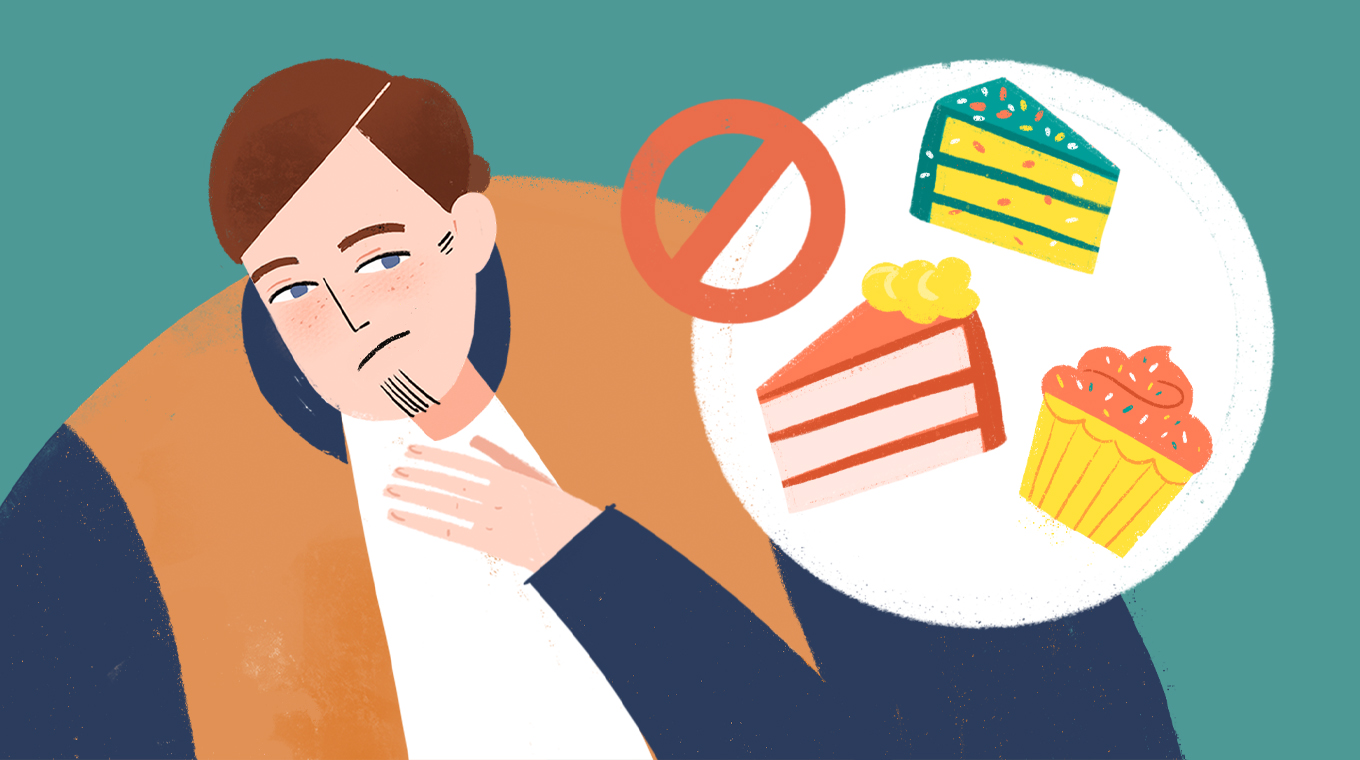
Yeast eats sugar — you'll know that if you've ever made bread.
Cutting out their main food source is a great way to reduce candida in your body.
You'll still get sugars by way of fruits and veggies, but it will be significantly less.
If you think you have too much candida, stop eating anything with refined sugars immediately.
Treatment #3: Try Caprylic Acid

Caprylic acid attacks yeast inside the body, essentially poking holes in it and causing it to die.
It's found in coconut and coconut products, but it also comes in supplement form.
Introducing caprylic acid into your diet might be an effective way to prevent a candida overgrowth.
Treatment #4: Avoid Alcohol
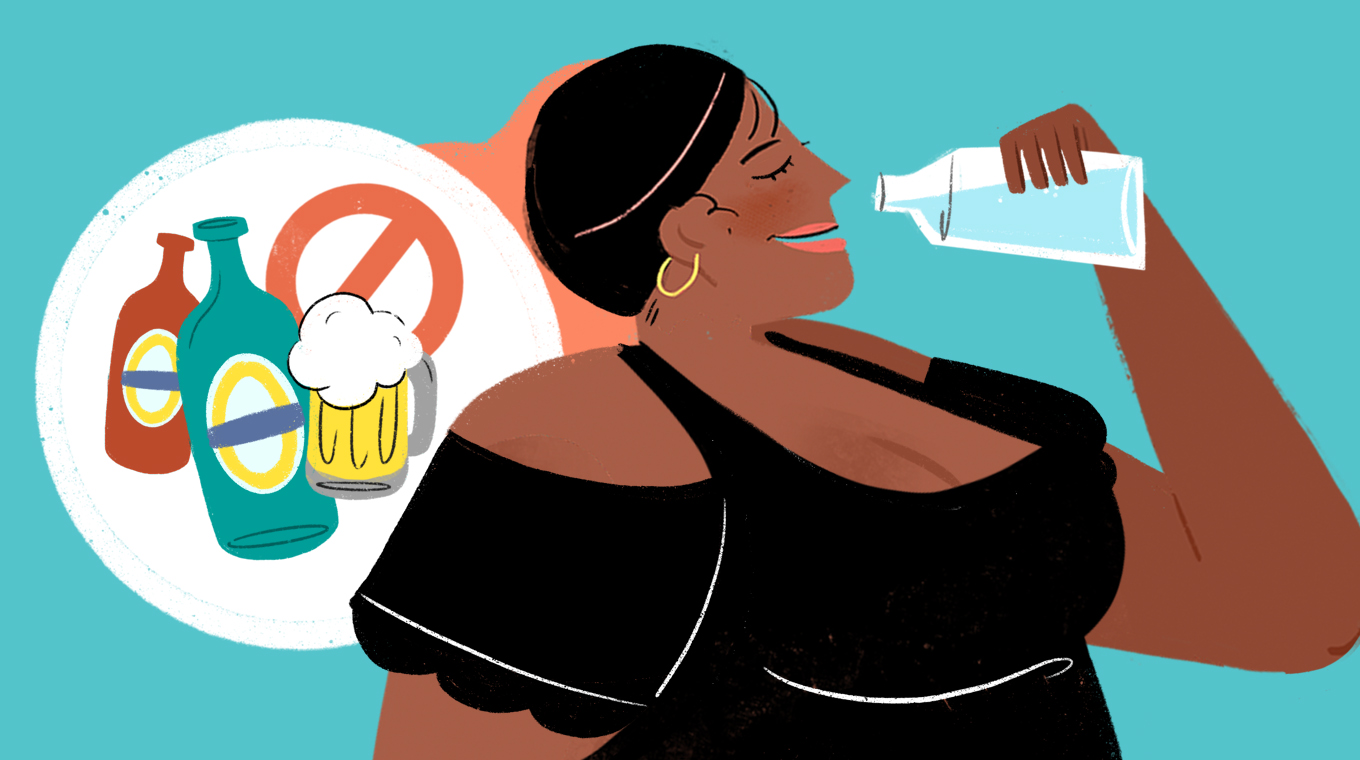
Alcohol is also full of yeast, carbs, and sugar from the fermentation process, so it's not something you need to be putting back into your body.
While you're trying to cut down on alcohol, stick to water, which can help to flush your body and keep everything balanced.
Treatment #5: Talk To A Doctor About Medication

A doctor can not only definitively tell you whether your candida levels are our of whack, but they can also prescribe medication to bring you back to normal.
The test for candida overgrowth involve s blood and/or a stool test, and then you and your doctor can work out a plan of action that best suits your needs.
SHARE these tips with everyone you know to keep their personal ecosystems healthy and balanced!


